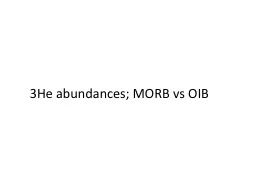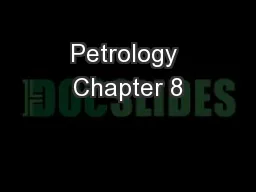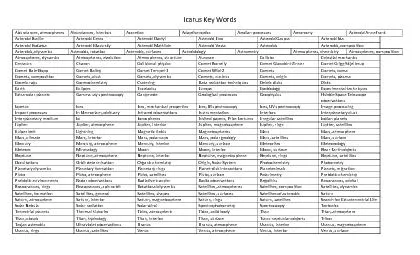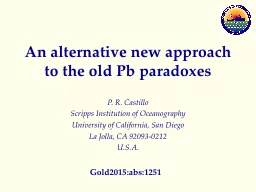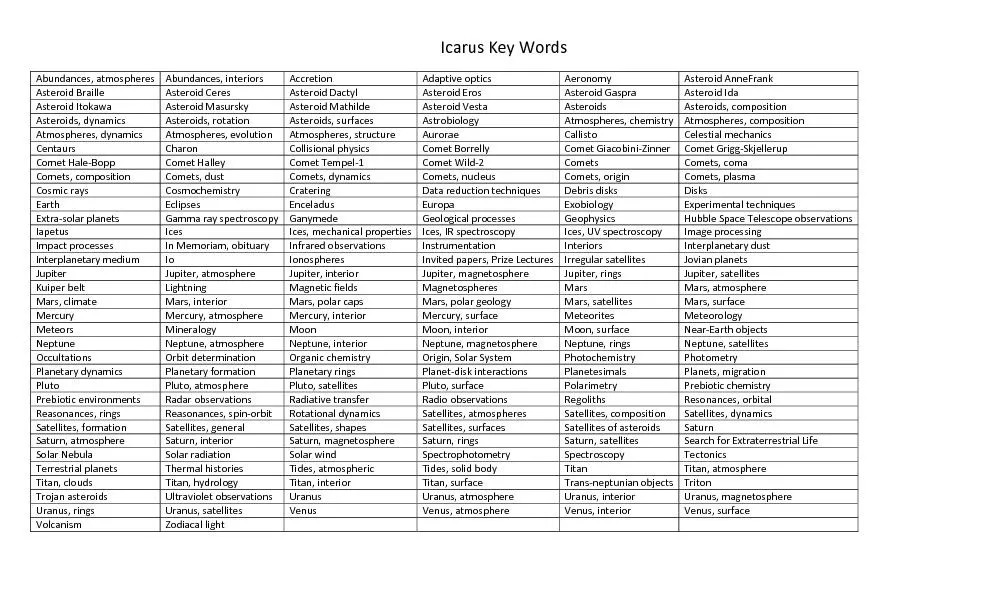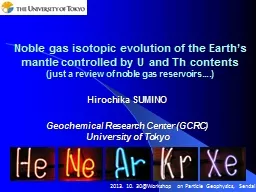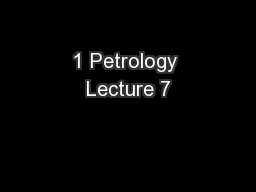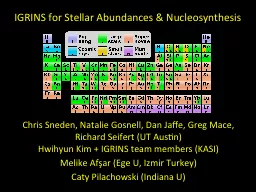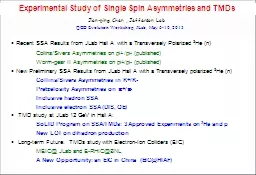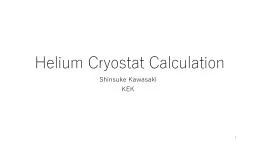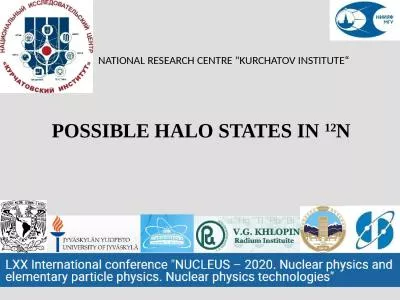PPT-3He abundances; MORB vs OIB
Author : alida-meadow | Published Date : 2016-12-01
Gonnermann amp Mukhopadhyay with additions MORB degassing Seawater air trapped exsolved gases shallow mantle mixing OIB Popping rock Loihi Retained or residual
Presentation Embed Code
Download Presentation
Download Presentation The PPT/PDF document "3He abundances; MORB vs OIB" is the property of its rightful owner. Permission is granted to download and print the materials on this website for personal, non-commercial use only, and to display it on your personal computer provided you do not modify the materials and that you retain all copyright notices contained in the materials. By downloading content from our website, you accept the terms of this agreement.
3He abundances; MORB vs OIB: Transcript
Download Rules Of Document
"3He abundances; MORB vs OIB"The content belongs to its owner. You may download and print it for personal use, without modification, and keep all copyright notices. By downloading, you agree to these terms.
Related Documents

